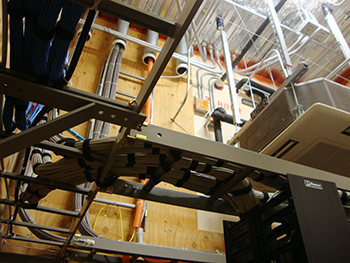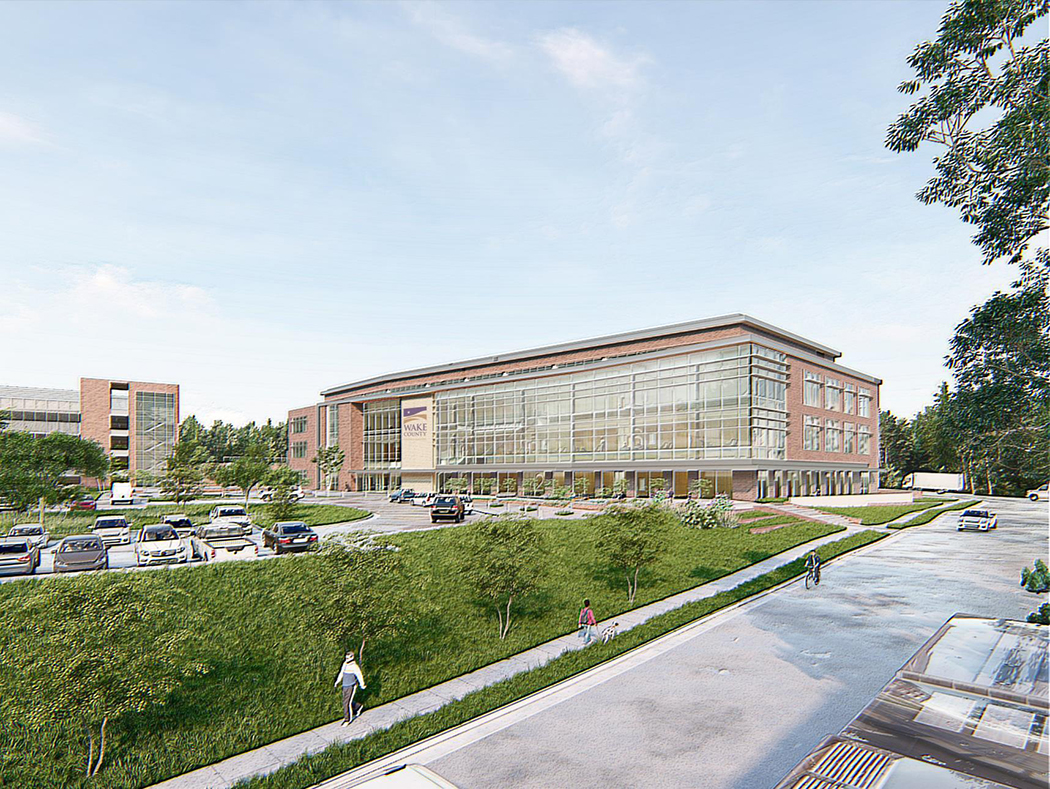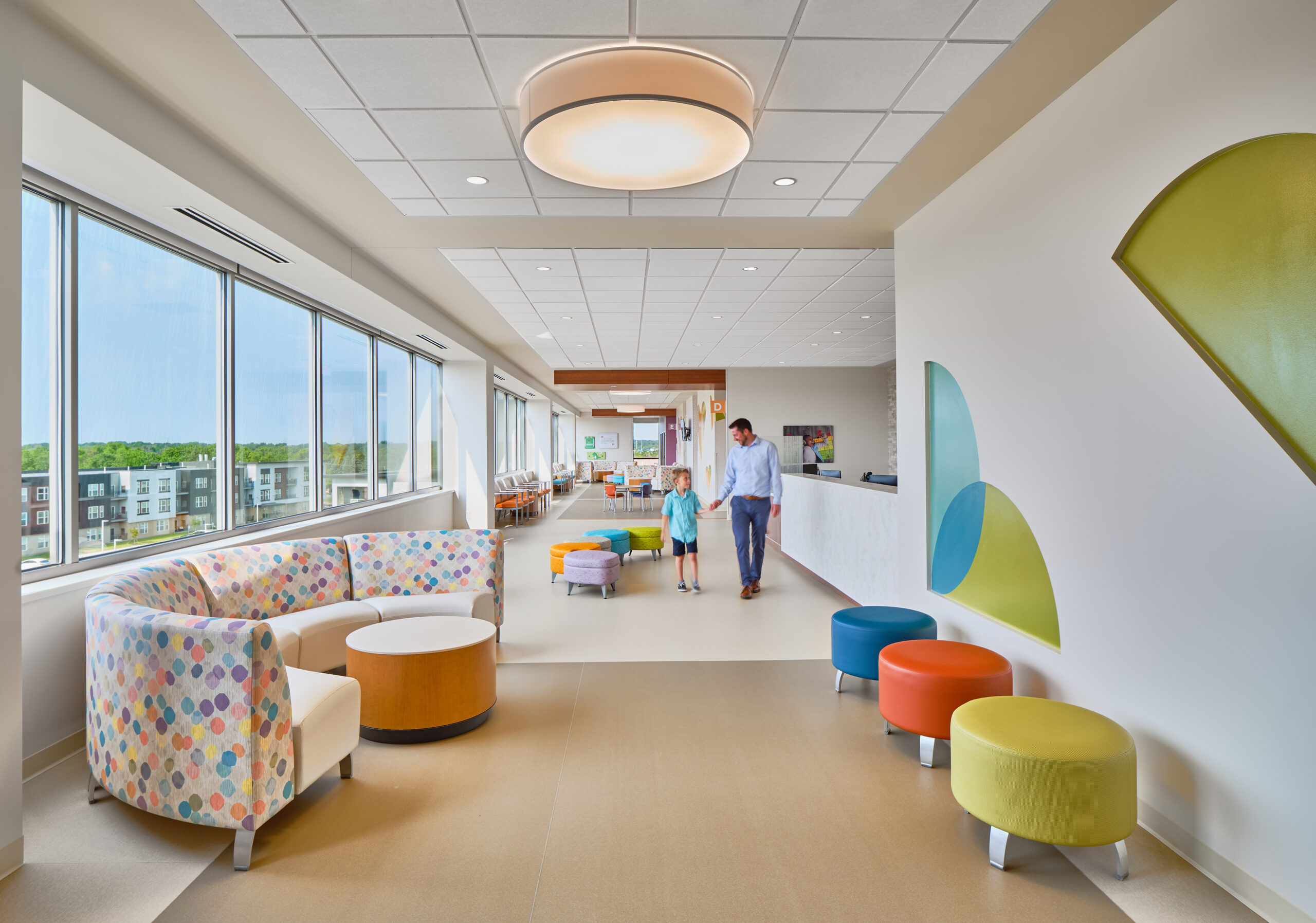 Thirty years ago, predictors of innovations in health care delivery and communications included the widespread adoption of Electronic Health Records (EHRs). Because the design of health care facilities incorporates a wide array of medical technologies, many organizations have evolved to incorporate new iterations of EHRs into their architecture, technological systems and work processes. Still, the adoption of electronic health records has varied widely among providers. Many organizations may have started with electronic imaging and slowly integrated more complicated EHRs as the systems technology advanced.
Thirty years ago, predictors of innovations in health care delivery and communications included the widespread adoption of Electronic Health Records (EHRs). Because the design of health care facilities incorporates a wide array of medical technologies, many organizations have evolved to incorporate new iterations of EHRs into their architecture, technological systems and work processes. Still, the adoption of electronic health records has varied widely among providers. Many organizations may have started with electronic imaging and slowly integrated more complicated EHRs as the systems technology advanced.
In the past five years, however, health care facilities that haven’t yet integrated current EHRs into their infrastructure have met with a new sense of urgency due to the national implementation. This year, of the Affordable Care Act (ACA) mandates all health care organizations must have fully operational EHR system standards by the end of 2014. Failure to comply by 2015 could result in fines. Some organizations adopting EHR systems have gotten a boost from the American Recovery and Reinvestment Act (ARRA), which supplied them with funds specifically for this purpose.
As such, many health care facilities today are faced with new architectural and technological challenges as they evolve to incorporate – perhaps for the first time – comprehensive EHRs to meet the ACA’s federal mandates. Health care facilities are now looking at comprehensive solutions that may fully integrate mechanical-electrical, and fires safety and security systems, in addition to medical equipment and communication networks to support patient safety and operational efficiencies. At this crucial turning point for these hospitals, it becomes important to ensure that the newer systems are incorporated successfully with minimal hindrances, and thus they may have to turn to engineering consultancy services for design and technological help.
In addition, codes on the federal, state and local levels regulate nearly all aspects of a facility’s design and construction. EHRs add another level of complexity to systems integration. Guidance from an architect knowledgeable about and experienced in the intricacies of EHR integration can substantially ease the process. Following are three approaches to ensuring the sound design or redesign of health care facilities with current EHR systems.
Designing an Implementation and Process Map
Integrating a new, comprehensive EHR system starts with designing a well-planned implementation and process map. To begin, the map should be mutually agreed upon by the facility owner, architects, engineers, contractors and other stakeholders, as it helps everyone involved successfully schedule the implementation process, from planning through design, construction, and system activation.
 The process map includes comprehensive documentation of all required project steps. It starts with a building analysis, which can help minimize cost escalation and surprises as a project progresses. Next steps include code compliance; the selection of general contractors; costs of design, construction and technologies; detailed EHR construction documentation; safety-permit construction documents; clear identification of locations for new or renovated IT rooms; and comprehensive schedules incorporating work processes managed by owners, architects, contractors, and design/build trade partners.
The process map includes comprehensive documentation of all required project steps. It starts with a building analysis, which can help minimize cost escalation and surprises as a project progresses. Next steps include code compliance; the selection of general contractors; costs of design, construction and technologies; detailed EHR construction documentation; safety-permit construction documents; clear identification of locations for new or renovated IT rooms; and comprehensive schedules incorporating work processes managed by owners, architects, contractors, and design/build trade partners.
Another element to consider is a campus-wide analysis of existing architectural and engineering systems and their mechanical, electrical, wireless, and data conditions. Facilities may also identify flexible spaces for use during phased construction, so that neither the patient experience nor caregiver workflow is disrupted. Flexibility is key, in order to accommodate unforeseen complications or surprises.
Staff training to ensure buy-in with the new EHR system, and to enhance work processes and decision-making, is also suggested. The implementation and process map also needs an attainable go-live date for the EHR system.
Instigating Infrastructure Upgrades
Developing an integrated, facility-wide EHR system includes infrastructure upgrades. These upgrades usually begin with routing new cabling and wiring, installing power and data outlets, and enabling Wi-Fi access. IT rack rooms or closets, located and identified in the implementation and process map, are moved and/or renovated.
Most health care facilities are already complex, multichannel organizations incrementally built over the years. Thus, existing systems should be leveraged wherever possible. Still, some existing infrastructure can create renovation challenges, even to simple cable updates. For instance, state and Federal codes often stipulate that if a new system touches an older system, then the older system (or room) and path of travel must be upgraded to meet current codes.
Also, as the architect identifies appropriate locations for new or renovated IT rooms-whether in offices, utility closets, or storage spaces-careful consideration must be given to other systems currently in use or nearby. For instance, is computer modeling reveals a potential increase in heating or cooling loads, HVAC upgrades may be necessary.
Measuring Success
A well-integrated EHR system is based on common-enterprise computer architecture, data standards, and privacy and security guidelines. Included in the system are such features as information model, standards and configurations; secure data exchanges; user identification and authentication; access management; clinician-access channels and event notification; and business intelligence enablement.
Thus a health care facility’s EHR implementation and process plan shouldn’t end with go-live activation. The new EHR system, in complement with additional technological infrastructure upgrades, should include a program for measuring the EHR system’s success with regard to health care quality, safety and security, and productivity.
As the evolution of tablets and smart phones ensures technology becomes more mobile, the patient and physician benefits of EHR systems will grow. In large health care facilities, for instance, patients may already be accessing their personal health information from their smart phone. At home, using a laptop, they will literally tap into the organization’s EHR system in order to easily communicate with their doctor, specialist, or pharmacist from a remote location.
Conversely, physicians and other medical personnel can share patient statistics across locations to ensure proper diagnosis and care. Outside of urban hubs, in more suburban or rural locations, EHR systems virtually bridge distances between locations, so that patients can remain safely in their homes while receiving consultations and care. For these reasons, new protocol for measuring the success of EHR systems is critical.
Conclusion
Such sharing of information resources is generally accepted as the key to substantial improvements in productivity and better quality of care. In addition, also the U.S. population becomes more mobile, national health care networks are increasingly used to facilitate the sharing of health care-related information among various stakeholders and participants.
EHRs add another level of complexity to systems integration. But the benefits of EHRs to health care organizations and their patients – secure access that eases communication between caregivers, specialists, and patients – will grow as mobile technologies continue to drive advances in communications within the health care industry.
About the Authors
Joey Kragelund, AIA, is associate vice president and health care principal with HGA Architects and Engineers in Los Angeles.
Beth Young, AIA, LEED-AP, is project manager with HGA Architects and Engineers in Sacramento.
About HGA
HGA is an integrated architecture, engineering and planning firm. With offices in Los Angeles, San Francisco and Sacramento, California; Minneapolis and Rochester, Minnesota; Milwaukee, Wisconsin; and Washington DC, the nationally recognized firm has developed expertise in the health care, corporate, government, arts, community, education, and science/technology industries since 1953. Our culture for interdisciplinary collaboration, knowledge sharing and design investiga¬tion helps prepare our clients for the future with responsive, innovative and sustainable design. Visit www.HGA.com or follow the firm on Facebook or Twitter.





